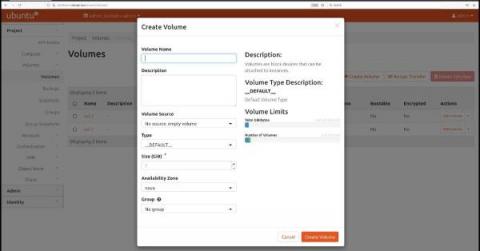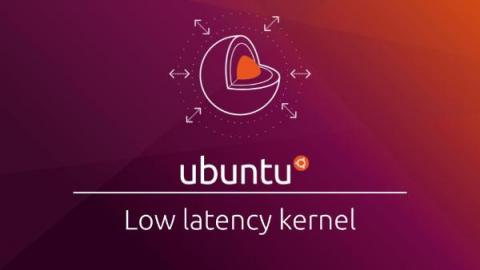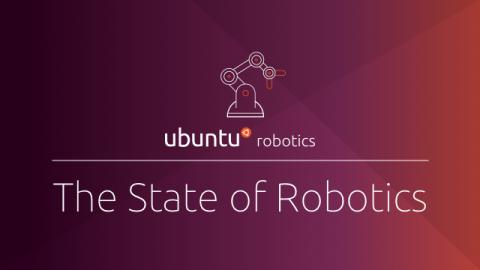Some Useful Linux Networking Commands
One of the most well-known and commonly used open-source operating systems is Linux. It's a clone of UNIX, however unlike UNIX, it's free to download and use. Despite being an open-source operating system, it has a safe and resilient architecture, and many individuals and companies rely on it. You can, interestingly, make your own Linux version. You can accomplish so by simply downloading Linux and making the necessary adjustments. In essence, we can distinguish them as different Linux versions.









